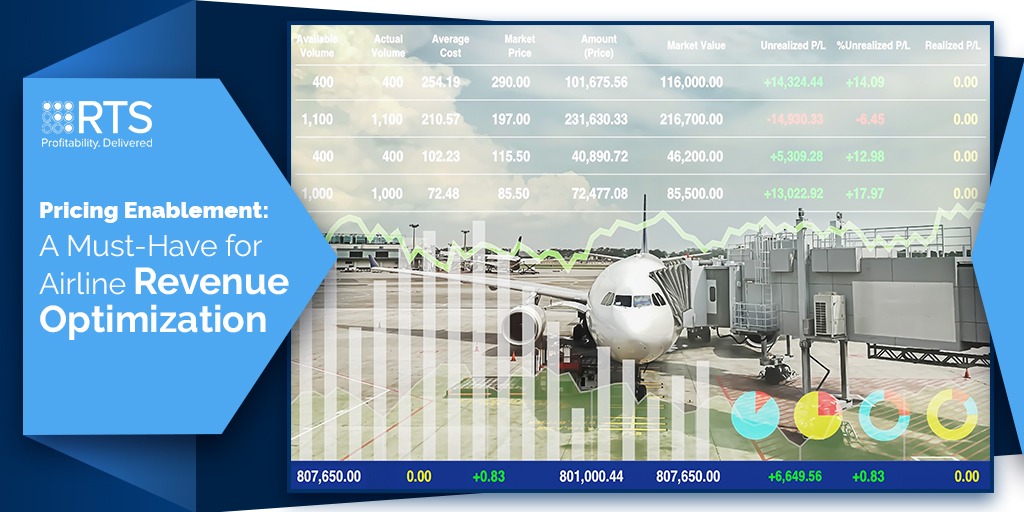Pricing is a complex and multifaceted topic involving costs, profit margins, yield, revenue and so on. Considering price is the basis of selling any product, it should be an integral part of an organization’s business strategy to achieve its business goals. In addition, pricing plays a pivotal role in generating revenue and influencing business profitability by foreseeing the market demand.
The most common pricing strategy is demand-based pricing where fares/rates vary as per the consumer demand relative to days to departure. For instance, as the flight date approaches, the fare/rates will generally increase and vice versa.
An airline pricing review needs to consider several other factors including seasonality (low season, high season), space availability, variations in fuel prices, security charges, and entry of a new player in the market, etc. Airlines gain a competitive edge through effective pricing by distinguishing or segmenting customers.
On the passenger side, the segmentation can be broadly classified into high paying/low paying customers, leisure travellers, and business travellers. The passenger products can be classified into economy class, premium economy, business and first class, Similarly, in the cargo side the products can be classified general cargo, express cargo, and special cargo etc while customers can be segmented based on revenue, tonnage, and whole slew of factors. In addition, one has to take into account of ancillary services (non-fare revenue) as it is a significant source of additional revenue for the airline. While, the products have pre-defined and fixed prices, there are opportunities for extra revenue. As an example, on the passenger side, seat selection or check in bags are a huge source of revenue and in cargo warehouse charges and cold room charges are good examples. The segmentation exercise needs to be cognizant of these attributes.
How Pricing Varies Across Cargo and Passenger Segements
While the concepts of pricing and revenue management for airline passenger and cargo business models are similar, the complexities involved are a lot different. For instance, the total cargo capacity changes for every departure based on various factors, while in the passenger side, the total capacity is generally fixed. Another example would be routes where a passenger would specify a route whereas on the cargo side, there are quite a few options.
Artificial intelligence and Machine Learning (AI/ML) offer new approaches to optimize prices in the airline industry. These new methodologies can be used to deliver real time insights into pricing based on market changes, competitive intelligence, changes in customer preferences, and probability of price acceptance. The algorithms also help pricing analysts and managers to simplify their work tasks and reduce the overall turn-around-time in responding to customer requests.
Why Pricing will Remain Central to Airline Revenue Management
Airline revenue management and pricing are proven age old methods that empower airlines to generate revenue by selling at right prices to the right customer and at the right time. We at RTS help airlines in accelerating their revenues and improving profits by tapping the market demand in advance to avoid spillage, generate optimal prices and manage inventory to reduce the spoilage. The unparallel approach in the consistency in forecasting and optimization benefits the airlines to handle the predicted demand well in advance, decide the pricing strategies, and open inventory based on booking patterns to manage their flights. Our robust, customizable dashboards provide business overview for analysis, and decision making.
If you are interested in learning more about airline revenue management and pricing, please drop a line at to RTS.Information@RTSCorp.Com
